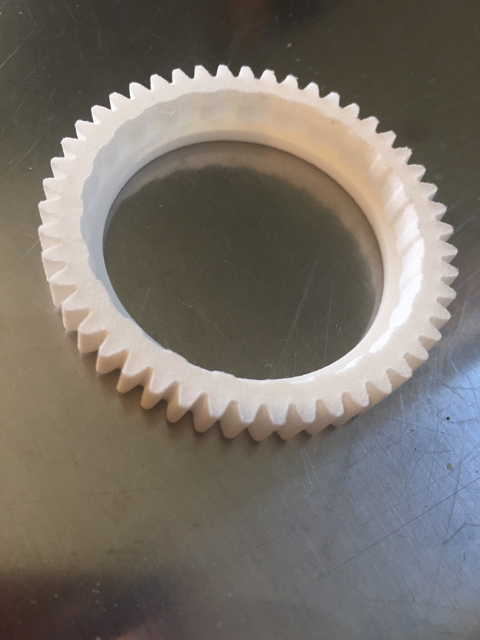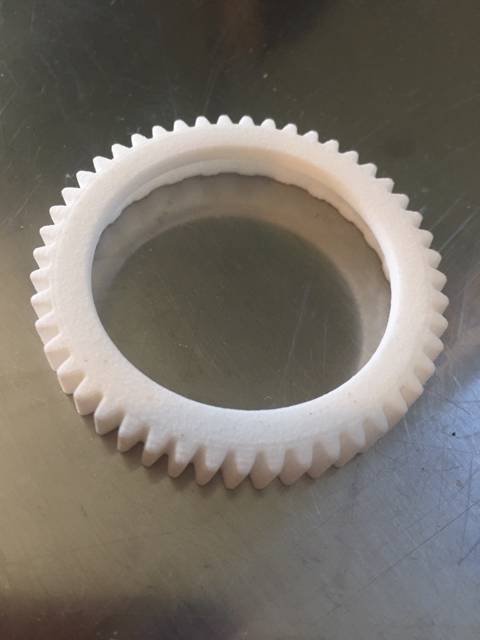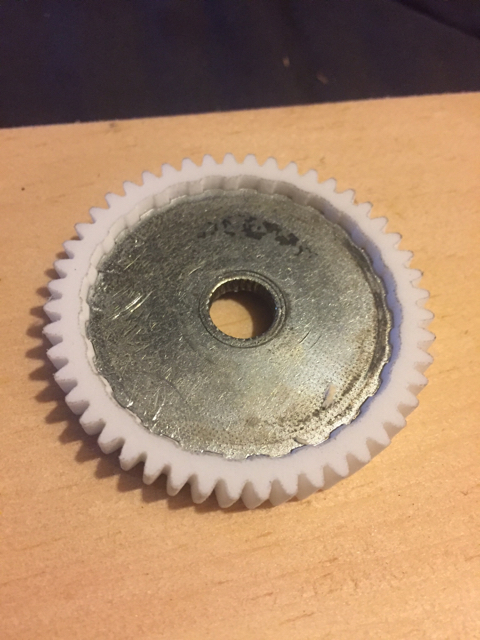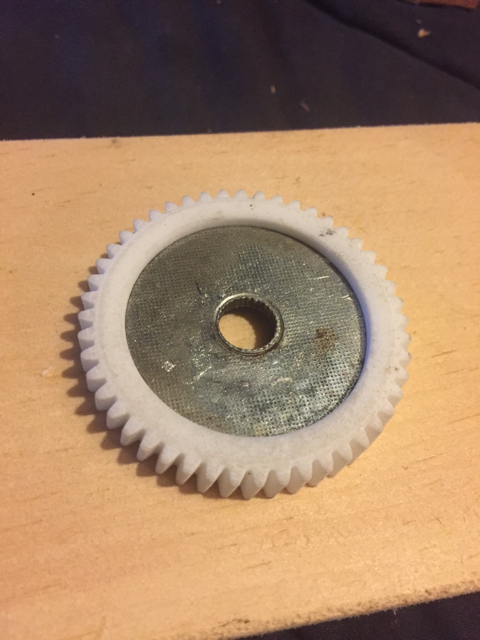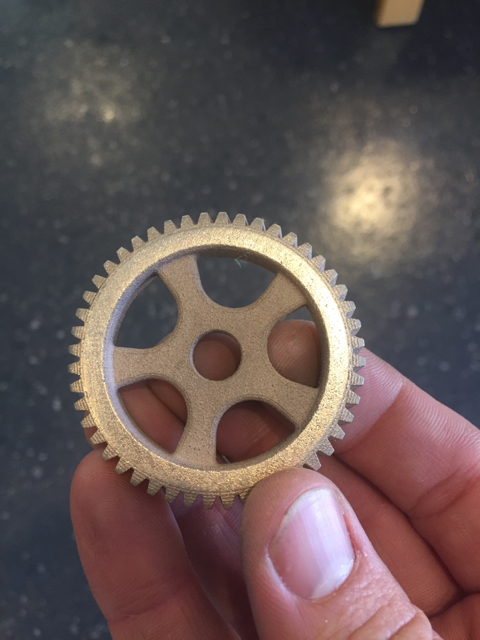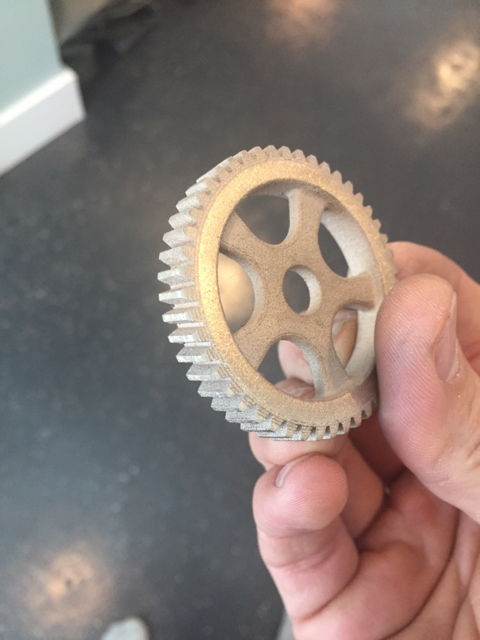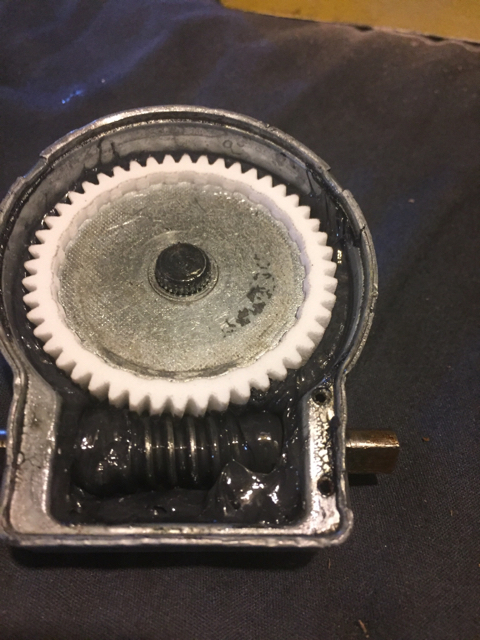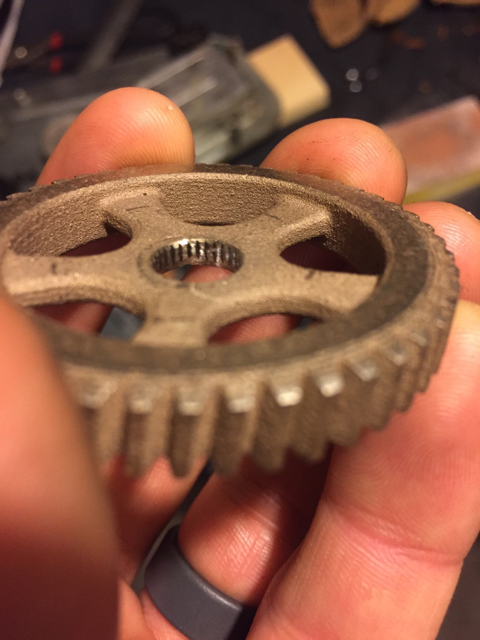The weekend got away from me (as often happens) so no update on this yet. But I did manage to waste an hour this morning reading more about 3D printing in metal materials. Interesting point of view from Jay Leno:
"Recently, we had the chance to visit Jay Leno’s Garage and talk with him about making vintage auto parts with additive metals and Direct Metal Laser Sintering (DMLS). As Jay said, “Remember the early days of 3D printing where you had to make it in plastic? You know, remember those days like four years ago? Well forget that! We’ve moved on!”
Jay was interested in the implications of DMLS for his favorite hobby, collecting and restoring old automobiles. Holding up a vintage piece, Jay said, “When you have old parts like this for a White steam car – there are barely any cars left, let alone parts – this is a revelation. You can actually have parts made in metal of a better quality than it even was originally.”
We worked with Jay and his shop foreman, Bernard Juchli, on a burner, a piece that functions “like a pilot light on your water heater,” for one of his White steam cars. Previously, Jay’s shop has used plastic 3D printers to build patterns for metal casting. This time, Juchli used Stratasys Direct Manufacturing’s additive metals expertise to build the production part in Inconel 718, a nickel-based super alloy that is extremely heat and corrosive resistant – perfect for the under hood environment of an antique car.
“The neat part is,” Bernard said, “we drew this in GibbsCAM because I was thinking of machining it. It would have involved quite a lot of machining to get all these cross-drillings. By printing it, we already had that done.” DMLS’ ability to handle complex geometries and internal features makes it an ideal process for reverse-engineering rare parts.
Additive metals have opened up new markets to high-quality parts, fast, and there’s very little limitations. Serious car restorers no longer have to struggle with parts that are impossible to find. “There’s no part of a motorcycle, automobile, steam engine, that can’t be reproduced,” said Jay. Stratasys Direct Manufacturing can take any part or 3D model and make functional, accurate parts.
“Think about it. There’s nothing you can’t reproduce… we’re making things that no longer exist and now, they exist again.”

